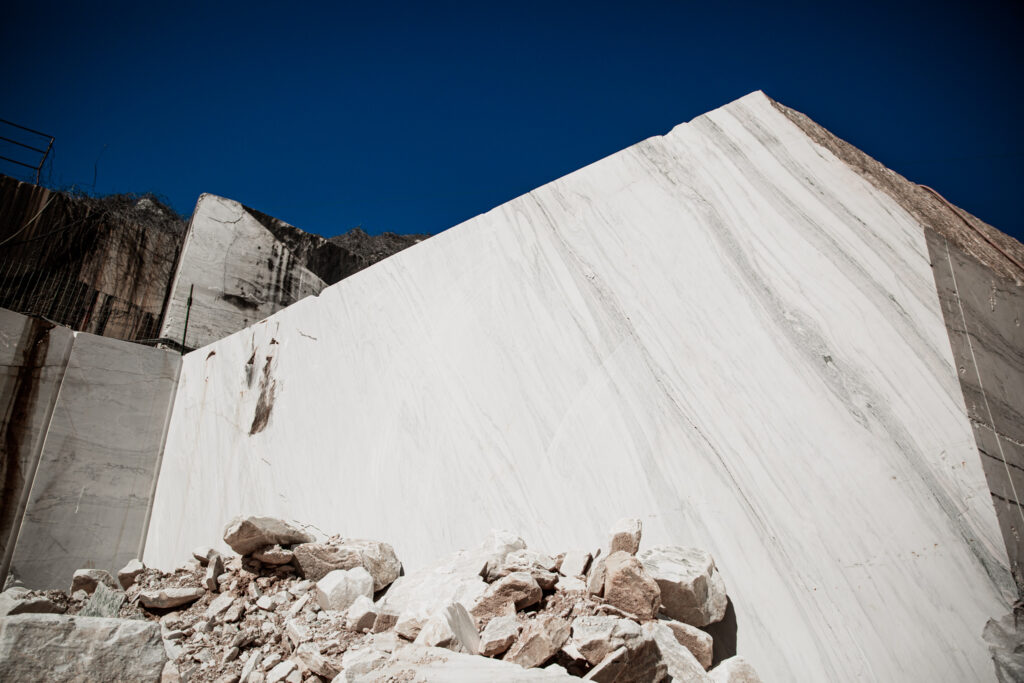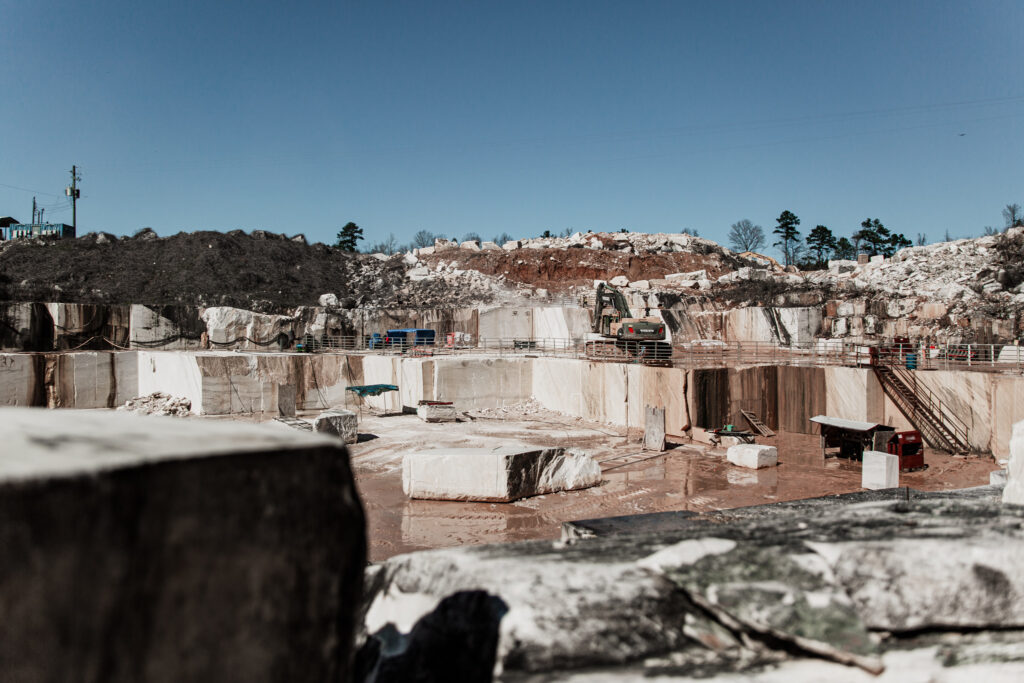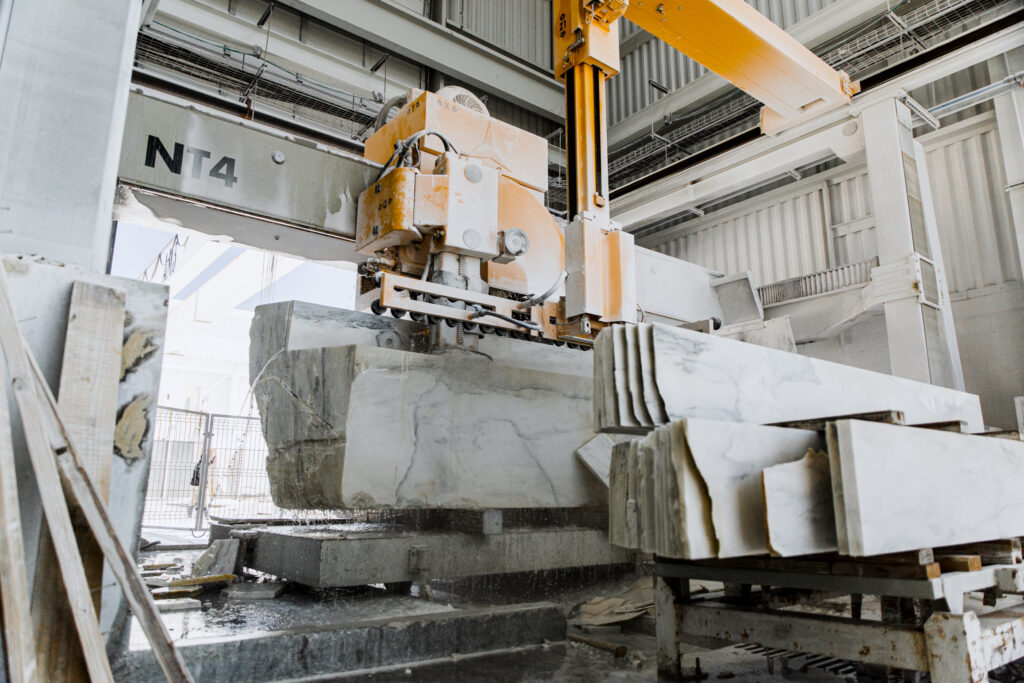With buildings themselves making up 39% of total CO2 emissions in the US, it’s no surprise that architects and designers are moving towards greener and more sustainable design. Designing with marble has many advantages in sustainable design including durability, recyclability, and even LEED points. With quarries and processing facilities embracing greener practices, there’s never been a better time to incorporate marble into building design.
Durability
Few materials compare to natural stone when it comes to durability. The longevity, minimal maintenance, and structural permanence of stone is incomparable. While other materials require replacement or repair throughout the years, marble can last decades, even centuries with the proper care. And since marble is virtually unbreakable, both the consumer cost savings and the environmental cost savings are high.

Recyclability
As a natural occurring material, marble is recyclable. Don’t try to throw it in your curbside pick up though. When you’re ready to recycle your marble, contact a local building materials specialist who can help you find a processor to recycle it.
LEED Material Points
In terms of indoor air quality, marble is a zero-VOC material, but we know that when you invest in marble, you want to protect it with a sealer, and often that’s where you’re trapped by high-VOC products. AM3 Stone is partnered with MORETM to bring you a low-VOC sealer and zero-VOC anti-etching protection.
Additionally, Alabama Marble is a LEED Regional Material for the Southeastern US. LEED Regional Materials support indigenous materials that reduce environmental impact from transport.
Domestic Production
Alabama Marble is quarried, processed, and fabricated in Alabama. Since the entirety of production takes place within a 50 mile radius, all environmental and consumer costs associated with shipping are drastically reduced.
An added green benefit of domestic production is the stringent environmental standards of the US. Regulation of pollution and run off, and higher safety standards for workers means that domestically quarried and fabricated stones are by far greener and healthier than those produced in unregulated markets.

Our Sylacauga Quarry
Quarrying vs. Mining
Quarrying and mining are often used interchangeably, but the processes are very different especially in terms of environmental impact. Often mining requires deep drilling into the earth and yields a low amount of usable material. The process substantially disrupts the earth for this low yield and creates a high amount of waste. Additionally, the use of explosives in mining disrupts surrounding ecosystems.
In quarrying, the natural stone being harvested lies close to the surface and requires minimal excavation. Through improved quarrying equipment like diamond wires and saws, our marble production is high with minimal waste.
Our Quarry and Processing Facility
The processes of harvesting, processing, and fabricating marble use a significant amount of water. At both our quarry and our facility, we recycle 98% of the water we use through the use of filtration systems.
We’re currently working on becoming zero-waste. While quarrying yields much lower waste than mining, we still want to do our part to eliminate waste. Any additional stone that we can’t use gets turned into calcium carbonate powder to become products such as paper (reducing tree use!), antiacid medicines, calcium supplements, and more.

Our processing facility recycles 98% of the water used through a filtration system.
Alabama Marble Samples and Carbon Neutral Shipping
We’ve teamed up with Material Bank to bring design professionals access to Alabama Marble samples with carbon neutral shipping. Learn more about our partnership and how to order sustainable design samples here.
